Keo Pagoda, whose Chinese name is Than Quang Tu, is an ancient pagoda built in the 17th century, the most famous in the rice-growing region of Thai Binh. The pagoda is located in Keo village (formerly Dung Nhue village) in Duy Nhat commune, Vu Thu district. Every year, Keo Pagoda holds two main festivals, the spring festival on the 4th day of the Lunar New Year and the autumn festival from the 10th to the 15th of the 9th lunar month.
Fire-pulling competition to cook rice at Keo Pagoda festival.
The autumn festival commemorates the 100th anniversary of Zen Master Duong Khong Lo's death anniversary and his birthday, along with the important Buddhist holiday of the full moon day. Therefore, the procession of the Saint's palanquin at Keo Pagoda is held for 3 days, which are September 13, 14, and 15.
The spring festival at Keo Pagoda has the nature of a festival of wet rice agricultural civilization, where people pray for national peace and prosperity, good weather, and peace and prosperity for every family.
In the traditional spring festival of Keo Pagoda, there are many performances that create a joyful and exciting atmosphere and compete to improve health and move towards a better life. The offerings are the quintessence of selected agricultural products such as sticky rice, molasses, green beans, etc., and are sincerely offered to Buddha and Saints.
The ancient Keo village had 8 hamlets, of which 4 were in the East: Dong Nhat, Dong Nhi, Dai Huu, Vong Dong and 4 were in the West: Doai Nhat, Vong Doai, Hoang Quy, Duong Thinh. On the morning of the 4th day of the Lunar New Year, along with many tourists coming to Keo pagoda to celebrate the spring festival and worship Buddha, the young men and elders of the hamlets in the village gathered at the communal house to prepare all the ingredients and tools for the competition, gathered at the pagoda to perform the Buddha worship ritual and started the water fetching race, bamboo pulling race to make fire and rice cooking race to worship Buddha.
The most unique performance that attracted a lot of people to participate and cheer for the competition was the fire-making performance. The stoves with the vegetable heads were arranged neatly. The young men were assigned to race to fetch water to wash rice and cook sticky rice. The young men, holding jars, ran three laps around the lake and then went back to fetch water from the jade well at the pagoda for their kitchens. The fastest one to reach the end of the race was awarded extra points in the competition.
The most exciting and fun thing is the bamboo pulling to make fire. The most unique thing compared to many spring festivals in other places is that at Keo Pagoda spring festival, the form of creating fire is done in an ancient traditional way. The village boys of each hamlet use two dry bamboo sticks prepared in advance. When competing, the agile and skillful boys use the two bamboo sticks to pull hard and quickly and rub them together. Due to the effect of friction, heat is generated and the sparks are placed next to the bamboo sticks. The contestants skillfully blow the fire, and the stove that catches fire first is the winner in the fire pulling. From this moment, the warm fire source that brings new vitality is passed to the stoves and everyone asks for fire to burn incense to worship Buddha. Through the processing of fragrant sticky rice from Keo village, the finished offerings are completed. Soft and fresh red sticky rice, green bean sweet soup with the fragrant aroma of ginger, a bowl of pure white sticky rice... all are familiar products but the crystallization of heaven and earth with caring hands and a heart of goodness, the trays of offerings are completed to offer to Buddha.
The joyful atmosphere of early spring continues at night, the water puppet show with many stories stirs the sparkling lake surface, especially the dry puppet show (Oi Loi puppet show) serving the Saint attracts many viewers. The puppet statues are funny and somewhat strange, with different facial expressions expressing many levels of emotions. Through the puppet show, prayers are sung for peace in the country, happiness for all living beings, and bountiful harvests. In addition, the encouragement of learning and talent, and the preservation of family traditions are conveyed through the performance. The graceful puppet dances combined with the bustling sounds of drums, cymbals, and wooden fish make the joyful spring atmosphere of Keo Pagoda festival even more impressive in the hearts of visitors.
Spring is also the occasion to organize many wrestling competitions to demonstrate the martial spirit of the nation. Keo village boys and visitors from all over compete on the wrestling ring, the wrestlers' warm-up moves and the locking moves make visitors admire and applaud. In addition to the wrestling performance, the whip fighting performance is also very exciting. The whip is a piece of bamboo about 4m long, one end is wrapped with a piece of cloth to avoid injury to the opponent. The two competitors have a greeting and warm-up. In the whip fighting technique, there are many moves such as La Vang fishing fish, medium-sized spear, double dragon fighting... each move is very flexible. One hand of the player holds the whip handle, the other hand holds the whip handle, the high and low hand position can be improvised to both defend and block the opponent's whip attack and can rotate the lock. When fighting, the player's whip touches the opponent's body 5 times to win a match.
While there were many exciting competitions on the shore, there was also a duck-catching swimming competition in the lake at the temple gate, which was equally exciting. The strong ducks that could swim well were released into the lake. The players had to swim well to catch the ducks. However, the clever ducks would disappear when someone approached them, and the cheering people and the urging drums resounded throughout the spring festival.
Nguyen Thuyen
(Vu Thu)
Source: https://baothaibinh.com.vn/tin-tuc/19/217109/mua-xuan-tray-hoi-chua-keo






![[Photo] Visiting Cu Chi Tunnels - a heroic underground feat](https://vstatic.vietnam.vn/vietnam/resource/IMAGE/2025/4/8/06cb489403514b878768dd7262daba0b)


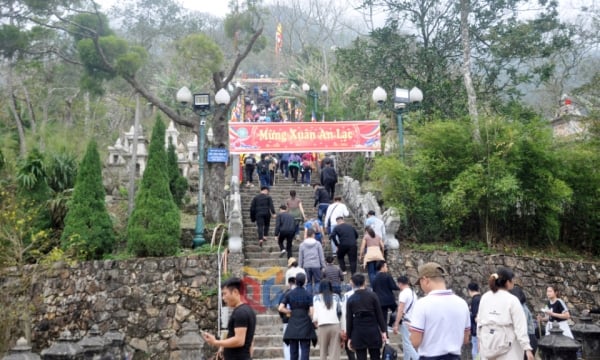
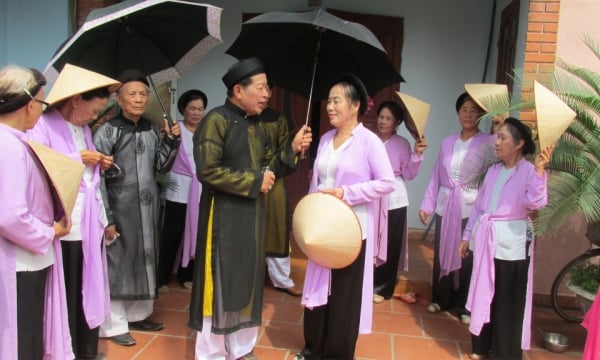
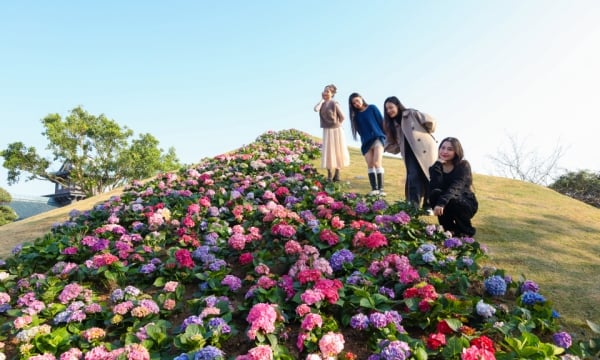

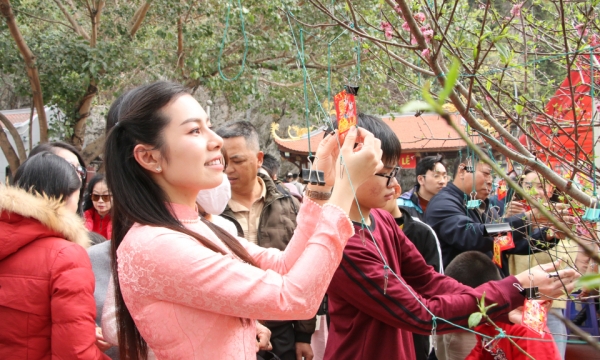

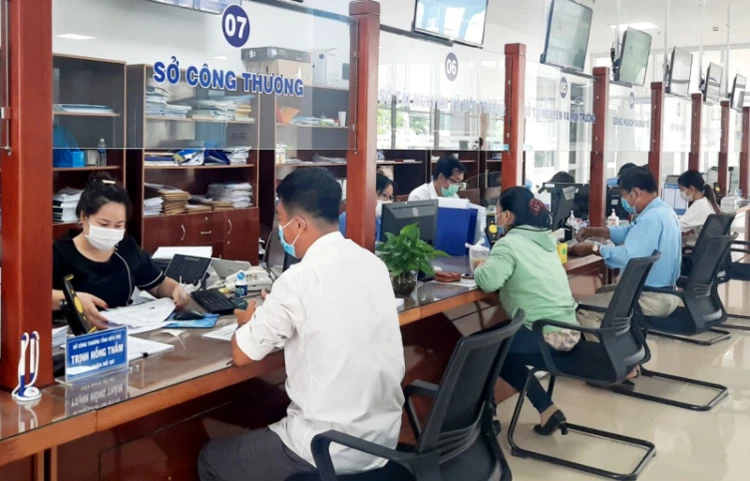
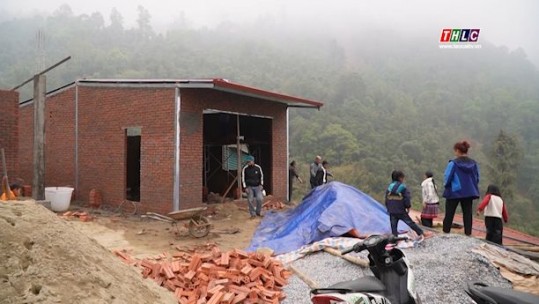
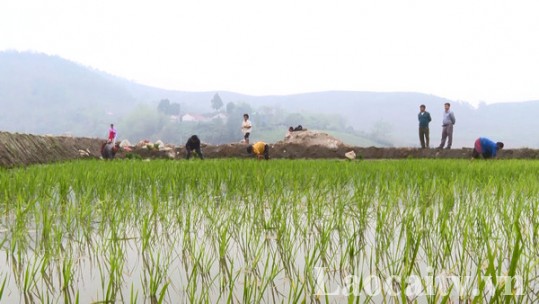
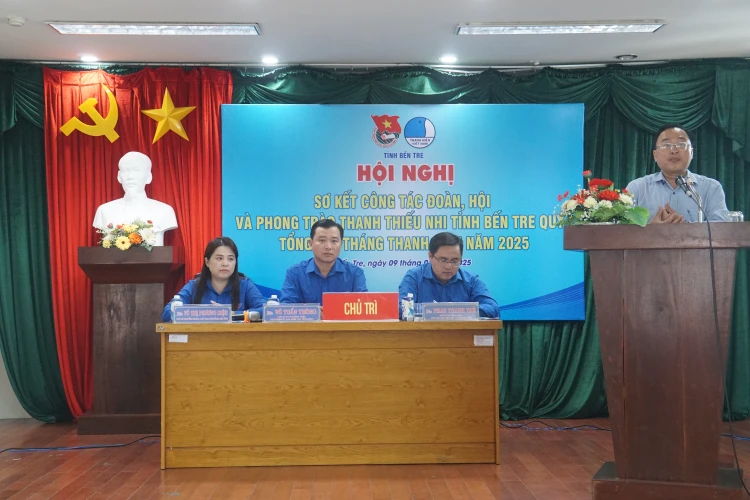




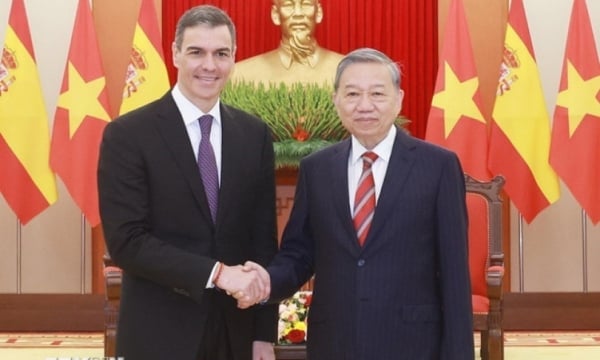
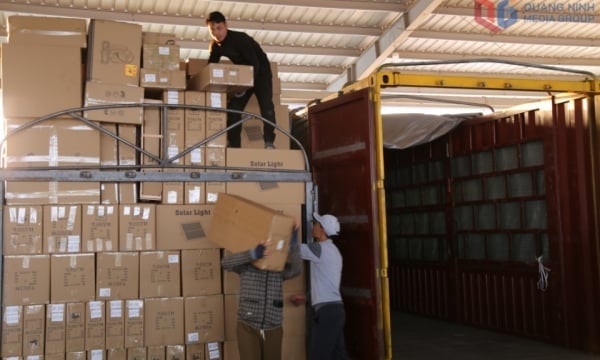
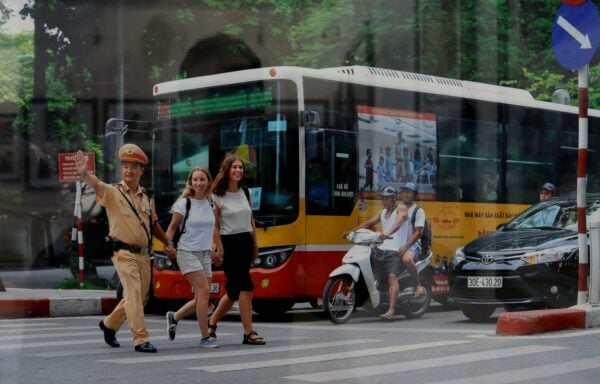
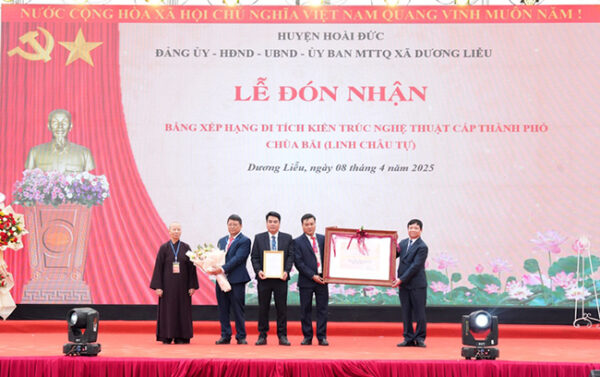
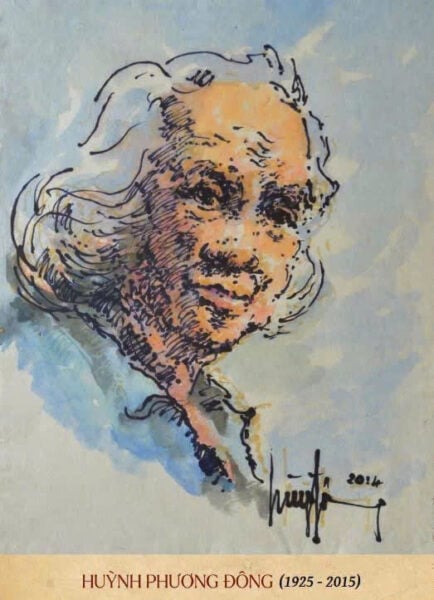
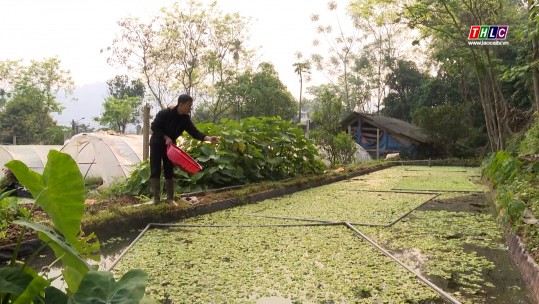


































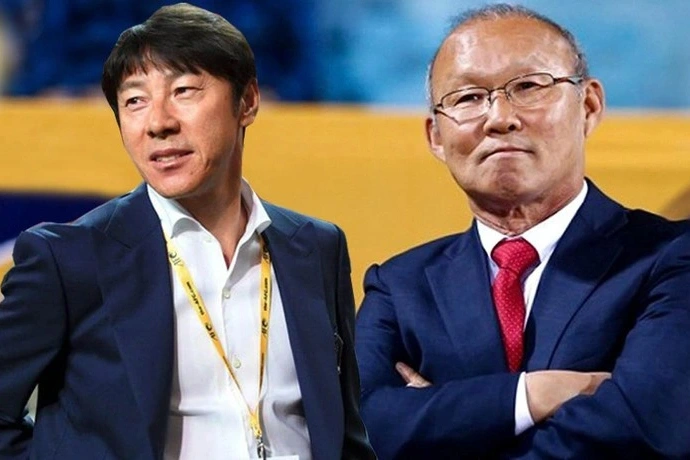


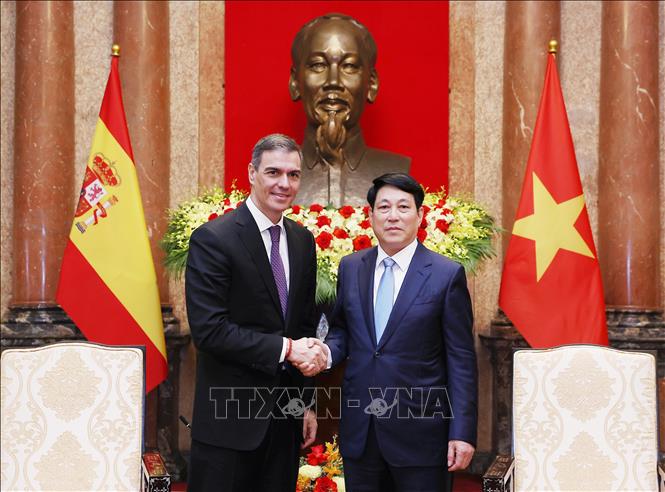


















Comment (0)